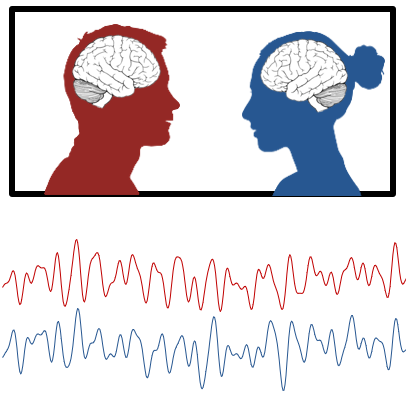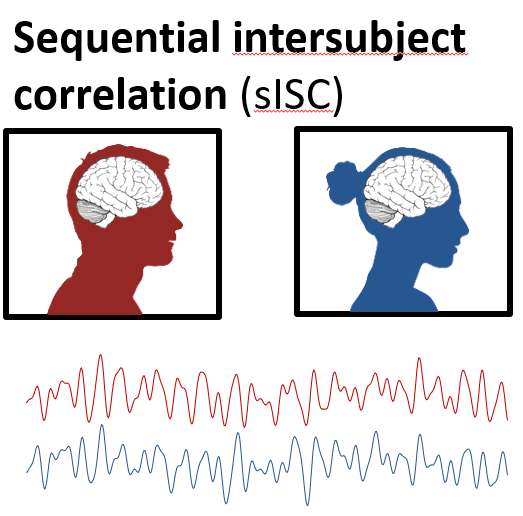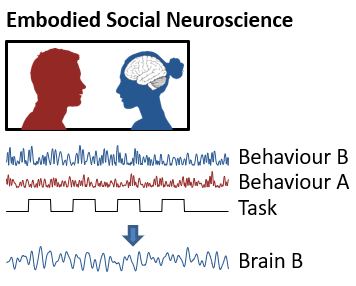So I wrote a paper all by myself (which rarely happens) about fNIRS hyperscanning, and what it means. This thread is a very short summary. 1/n
#fnirs hyperscanning is increasingly used to study social interaction. most studies record from 2 or more people and test if brain activity is & #39;coherent& #39; between the people. but what does this coherence mean? 2/n
there is no telepathy, so coherence could be driven by the common environment, and few studies control for this. That is, coherence might be the same as the inter-subject correlations found by Hasson (& others) when solo participants watch the same movie in fMRI
but if coherence comes from a common environment, there is nothing special about the social *interaction*, which means we don& #39;t need hyperscanning.
so why should we do hyperscanning and what does the data mean? First, we must realise that any coherence in hyperscanning has to be *mediated* by behaviour - people have brains in sync because they see & hear similar things & move in a similar way.
So to understand hyperscanning, we must record & understand behaviour. Our social interactions are embodied and we must consider what the body is doing to understand the social brain. I call this Embodied Social Neuroscience
And we can also use brain activity as part of our model, following the Mutual Prediction account of Kingsbury et al. Here we use a trad GLM to understand brain + behaviour as an integrated system.
I think this embodied approach will give us a stronger, more principled way to use hyperscanning data to understand social interactions. So if you are doing #fnirs or #hyperscanning, make sure to record behaviour as well as brains.
And here is the paper itself https://psyarxiv.com/rc9wp/ ">https://psyarxiv.com/rc9wp/&qu... still trying to decide which journal to send it to.

 Read on Twitter
Read on Twitter





